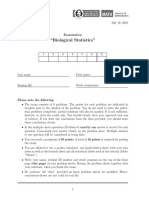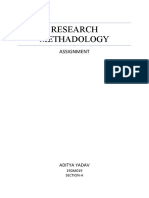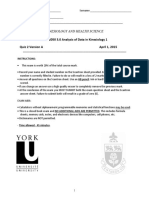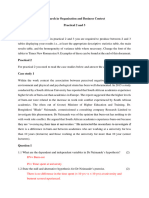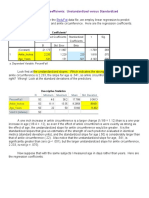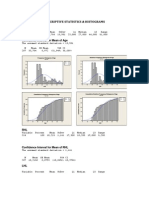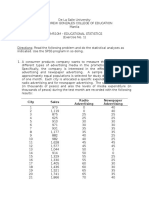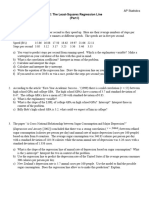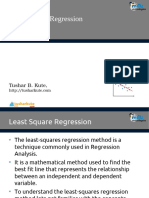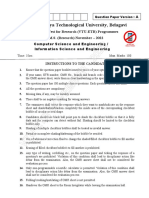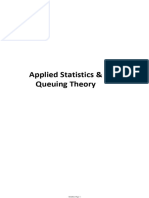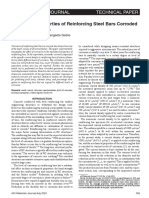0% found this document useful (0 votes)
30 views1 page02 2012JanuaryParcial2
The document presents a series of exercises related to statistical analysis in psychology, focusing on multiple regression analysis to study the effects of employment status on depression levels. It includes exercises on interpreting regression coefficients, analyzing gym methods' impact on physical endurance, and exploring variables related to child and adolescent obesity. The document emphasizes the importance of statistical significance and variability in psychological research.
Uploaded by
Mario TinocoCopyright
© © All Rights Reserved
We take content rights seriously. If you suspect this is your content, claim it here.
Available Formats
Download as PDF, TXT or read online on Scribd
0% found this document useful (0 votes)
30 views1 page02 2012JanuaryParcial2
The document presents a series of exercises related to statistical analysis in psychology, focusing on multiple regression analysis to study the effects of employment status on depression levels. It includes exercises on interpreting regression coefficients, analyzing gym methods' impact on physical endurance, and exploring variables related to child and adolescent obesity. The document emphasizes the importance of statistical significance and variability in psychological research.
Uploaded by
Mario TinocoCopyright
© © All Rights Reserved
We take content rights seriously. If you suspect this is your content, claim it here.
Available Formats
Download as PDF, TXT or read online on Scribd
/ 1





